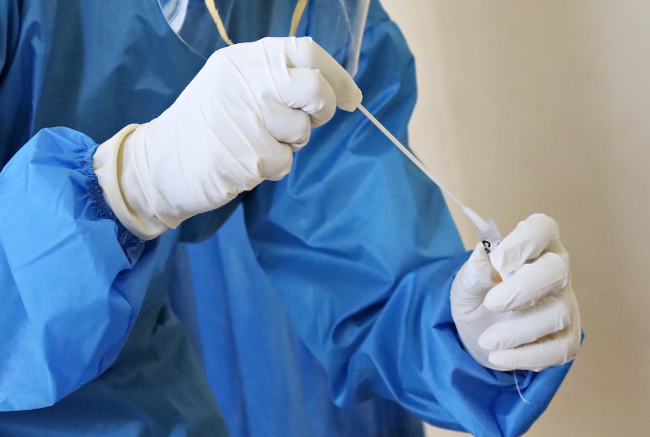
Of the 81,630 institutional deaths documented in 2022, “septicemia” (septic shock and infections) emerged as the primary cause, accounting for 14.9% of deaths in Delhi.
Remarkably, for the first time since the pandemic’s onset, Covid-19 did not top the list of causes of death in Delhi for the year 2022. The percentage of deaths attributed to the viral outbreak plummeted from 14.9% in 2021 to 1.6% in 2022, as indicated by the death registry data from the Delhi government. This shift underscored a return to normalcy with the widespread availability and administration of vaccines.
Among the 81,630 institutional deaths reported in Delhi during 2022, “septicemia” claimed the most lives, constituting 14.9% with a total of 12,125 fatalities. Following closely was “diseases of pulmonary circulation and other heart diseases,” identified as the cause in 9,395 cases, representing 11.5% of the total deaths. These insights were derived from the “Annual Report on Registration of Births & Deaths in Delhi, 2022” published by the city government.
Contrastingly, Covid-19 infections ranked as the 13th leading cause of death, causing 1,301 fatalities and making up 1.6% of the total institutional deaths in Delhi, according to the Civil Registration System (CRS) report.
For context, in the preceding two years, Covid-19 had been the primary cause of death, constituting 14.9% of deaths in 2021 and 10.11% in 2020. Before the pandemic in 2018 and 2019, “septicemia” and “hypertensive heart diseases” were the predominant causes of death, according to available data.
In total, Delhi recorded 128,106 death registrations in 2022, averaging 351 deaths per day—a decline from the 171,476 deaths registered in 2021. Notably, seven out of ten deaths in Delhi occurred at institutional facilities, with 81,630 deaths taking place in hospitals or nursing homes.
An official from the Municipal Corporation of Delhi (MCD) emphasized the mandatory provision of medically certified causes of death for institutional deaths, following the guidelines of the International Classification of Diseases, ICD-10, as per WHO standards.
Non-institutional deaths in Delhi, classified as domiciliary deaths, are registered separately. Despite the mandatory reporting of medical certification of the cause of death (MCCD) for institutional deaths since 2003, domiciliary deaths have not been included due to practical challenges such as citizen awareness, economic conditions, and inadequate health infrastructure.
Data analysis revealed that “septicemia” accounted for 14.9% of institutional deaths, followed by “diseases of pulmonary circulation and other forms of heart disease” at 11.5%, “shock, not elsewhere classified under any other diseases” at 7.6%, “liver diseases” at 4.4%, tuberculosis at 4.3%, and pneumonia at 2.7%.
In comparison, the top causes of death in 2021 included 15% attributed to Covid-19, 10.4% due to “diseases of pulmonary circulation and other forms of heart diseases,” 8.7% due to “septicemia,” 4.8% due to “shock, not elsewhere classified,” 3.5% due to diseases of the liver, and 2.65% due to tuberculosis. Monthly analysis in 2021 indicated that over 36% of total deaths occurred in April and May, aligning with the severe second wave of the pandemic.
The CRS data aligns with the reported Covid-19 fatalities, showing a significant decrease in 2022 compared to 2021 and 2020. A public health department official from MCD noted that the annual report reflects the trends observed in registration over the past two years. The prevalence of septicaemia deaths, associated with toxic effects of infectious diseases, has diminished with widespread vaccination, signaling a return to pre-pandemic mortality patterns in Delhi.








